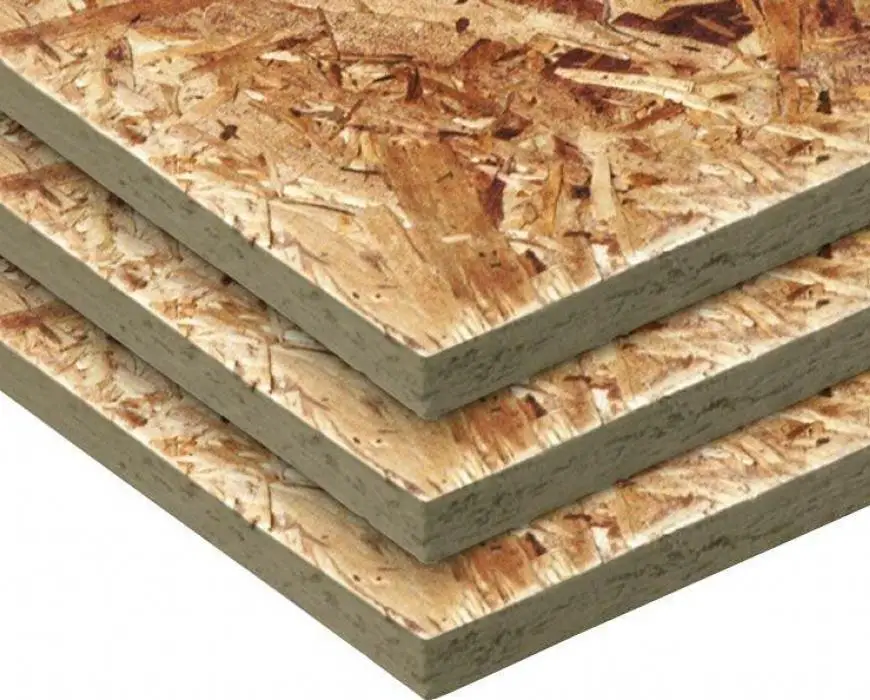What is an Oriented Strand Board?
Oriented Strand Board (OSB) is an engineered wood product gaining popularity. This versatile material comprises thin strands of wood that are aligned and then compressed into large sheets. OSB can be used in various construction applications, and its strength and durability make it an ideal choice for many projects.
Oriented Strand Board (OSB) is an engineered wood panel made by compressing layers of wood strands or flakes with an adhesive resin under high pressure and temperature. Oriented Strand Board is similar in construction to particleboard, but the wood strands in OSB are more aligned in a specific direction, giving the panel increased strength and stiffness.
Making OSB involves shredding or flaking wood strands from logs or wood waste, mixing with a resin binder, and forming into mats. The mats are then layered, oriented in a specific direction, and pressed together under high pressure and temperature to create a solid, dense panel.
OSB is commonly used in construction and building applications as a substitute for plywood or other wood panels. It is beneficial for sheathing and subflooring, as it provides excellent strength, stability, durability, and resistance to moisture and other environmental factors. It is also more cost-effective than many other wood panel options.
OSB consists of thin wood strands arranged in cross-oriented layers to form a robust and durable sheet. The strands are combined with wax and resin adhesive to create a strong bond between the pieces. Depending on the application, OSB is available in various grades that range from structural sheathing to light underlayment.
Application & Uses Oriented Strand Board
One of the most common uses for OSB is as an exterior wall sheathing material because it’s so strong and durable. OSB can withstand high wind speeds and other environmental elements such as rain, snow, and extreme temperatures. These qualities make it an ideal choice for siding, roofing, flooring, and other outdoor applications where strength and stability are important considerations. In addition, OSB can be used inside the home as wall paneling or flooring underlayment.
Benefits of Oriented Strand Board
- Strength and Durability: OSB is a strong and durable engineered wood panel that compresses layers of wood strands with a resin binder. It has a high strength-to-weight ratio and can withstand heavy loads and impact.
- Cost Effective: OSB is a cost-effective alternative to plywood and other wood panels. It is often less expensive to manufacture, transport, and install, making it a popular choice for builders and contractors.
- Moisture Resistance: OSB has excellent moisture resistance and can withstand exposure to water without warping, swelling, or delaminating. This makes it a good choice for applications with moisture, such as subflooring and sheathing.
- Versatility: OSB can be used in various construction and building applications, including walls, roofs, floors, and subfloors. It can also be used for sheathing, siding, and underlayment.
- Sustainability: OSB is an environmentally sustainable product, as it is made from renewable resources and can be manufactured using recycled wood waste. It is also often made with low-VOC adhesives, which can help improve indoor air quality.
- Easy to Work: OSB is easy to cut, saw, and drill, making it easy to install in various applications. It also comes in multiple sizes and thicknesses.






